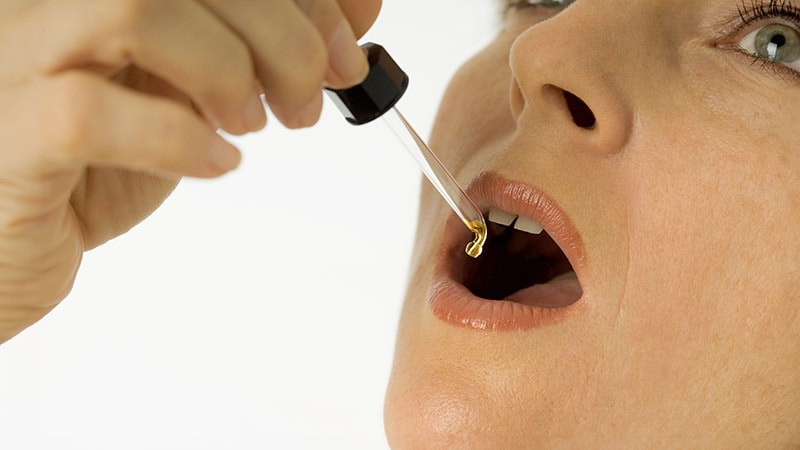A new study has reported that the time at which children are exposed to second-hand smoke (SHS), pets and dampness or mould has critically important influences on future lung function.
The study, published in Thorax, used data from participants of the Dutch Prevention and Incidence of Asthma and Mite Allergy cohort who had spirometric measurements from ages 12 and 16 years (n=552).
Data on residential exposure to SHS, pets and dampness or mould were obtained by repeated parental questionnaires. Timing of exposure was characterised through longitudinal patterns using latent class growth modelling and associations of these patterns with forced expiratory volume in one second (FEV1) and forced vital capacity (FVC) at ages 12 and 16 years and FEV1 and FVC growth between ages 12 and 16 years were assessed.
The analysis revealed that childhood SHS exposure was associated with reduced FEV1 growth per year (−0.34%; 95% CI, −0.64 to −0.04%).
Exposure to pets in late childhood was associated with increased FEV1 growth (0.41%; 95% CI, 0.14-0.67%), while pet exposure in early life was associated with reduced FVC growth (−0.28%; 95% CI, −0.53 to −0.03%), compared with very low exposure.
Early life dampness or mould exposure was associated with reduced lung function growth.
Exposure to SHS at all time windows tended to be associated with lower attained lung function and pet exposure tended to be associated with higher FEV1.
This is a rarely investigated issue, but the findings of this study point to the importance of timing of exposure to SHS, pets and dampness or mould throughout the life course in relation to lung function in adolescence.


